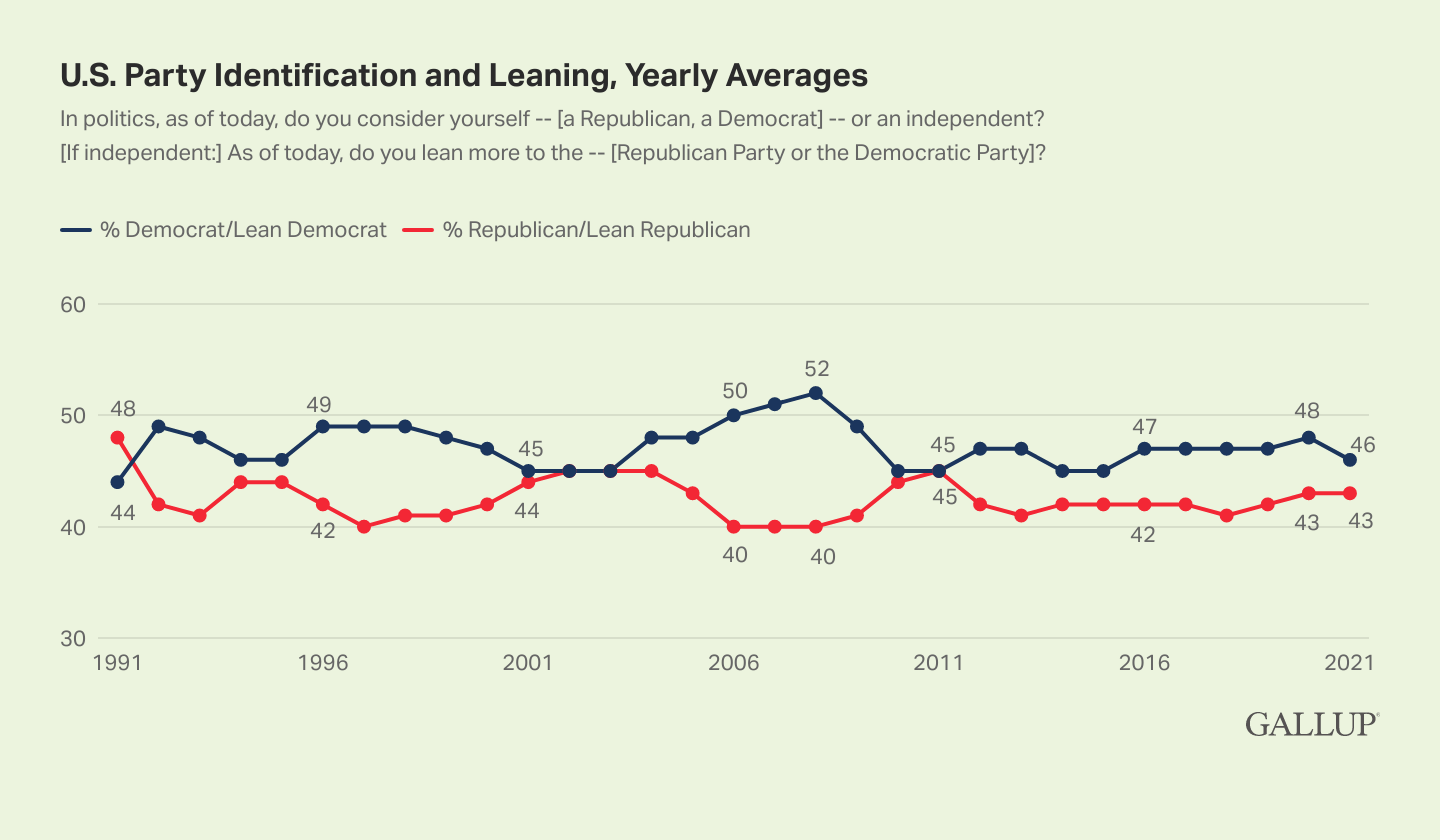Understanding Ohio Party Preference: A Deep Dive Into Political Affiliation
Ohio, a pivotal state in the American political landscape, has long been a bellwether for national elections. As such, the Ohio party preference serves as a crucial indicator of the political climate and voter sentiment in the region. With a diverse population and varying interests, Ohioans' party preferences reveal much about the shifting dynamics of American politics. The interplay of demographics, economic conditions, and social issues all contribute to the evolving nature of party affiliation in this key state. Understanding these preferences not only sheds light on local elections but also on broader trends that can influence presidential races and congressional control.
In the last few election cycles, Ohio has experienced notable shifts in party preference, reflecting changing societal values and priorities. This article explores the factors influencing party affiliations, examines historical trends, and provides insights into the current political landscape in Ohio. From understanding how issues like the economy and healthcare impact voter choices to analyzing the role of demographic changes, we delve into the complexities of Ohio's political preferences.
As we navigate through this article, we will address several key questions regarding Ohio party preference, including the reasons behind shifts in affiliation, the demographics of voters, and how these preferences shape the future of Ohio's political landscape. Whether you are a political enthusiast, a resident of Ohio, or simply curious about the state's role in national politics, this exploration of Ohio party preference is sure to provide valuable insights.
What is the Historical Context of Ohio Party Preference?
Ohio has a rich political history, often regarded as a microcosm of the United States. The state has swung between Democratic and Republican parties in various elections, making it an essential battleground. Historically, Ohio's party preference has been influenced by several factors, including economic booms and busts, demographic shifts, and significant national events.
How Have Economic Factors Influenced Ohio Party Preference?
Economic conditions play a pivotal role in shaping party preferences. In times of economic prosperity, voters may lean towards the party in power, while economic downturns often lead to a shift towards the opposition. Ohio's economy, heavily reliant on manufacturing and agriculture, has faced numerous challenges over the decades, impacting party affiliation.
What Role Do Demographics Play in Shaping Ohio Party Preference?
Demographics, including age, gender, race, and education, significantly influence political affiliations. In recent years, Ohio has seen shifts in its demographic makeup, which in turn affects party preference. For instance, younger voters tend to lean Democratic, while older generations may favor Republican candidates.
How Do Social Issues Impact Ohio Party Preference?
Social issues, such as healthcare, education, and civil rights, are critical in shaping voter decisions. Ohioans are increasingly vocal about their preferences regarding these issues, often aligning with the party that addresses their concerns most effectively. Understanding the key social issues at play can provide insights into the current party preferences in Ohio.
What Are the Current Trends in Ohio Party Preference?
As of the latest elections, Ohio party preference has shown a mix of loyalty and fluctuation. While traditionally a Republican stronghold, recent elections have seen a more competitive landscape, with Democrats gaining ground in urban areas. This trend indicates a potential shift in the political tides within the state.
How Does Ohio Party Preference Affect National Elections?
Ohio's significance in national elections cannot be overstated. As a swing state, the party preferences of Ohio voters can determine the outcome of presidential elections. Candidates often tailor their campaigns to resonate with Ohioans, making the state a focal point of political strategy.
What Insights Can We Gather About Ohio Party Preference Moving Forward?
Looking ahead, understanding the factors influencing Ohio party preference will be crucial for political analysts and candidates alike. With ongoing demographic changes and evolving social issues, the landscape of Ohio politics will continue to shift. Engaging with voters and addressing their concerns will be paramount for any party hoping to secure support in this influential state.
In conclusion, Ohio party preference serves as a lens through which we can examine not only local political dynamics but also broader national trends. By understanding the historical context, economic factors, demographic influences, and social issues at play, we can better appreciate the complexities of Ohio's political landscape. As we move forward, staying attuned to these changes will be essential for anyone interested in the future of Ohio and its role in American politics.
Article Recommendations
- Tom Felton Married
- Blake Griffin Relationships
- August Taylor
- Goldie Ann Taylor
- Is Kaitlin Olson Related To The Olsen Twins
- Emilia Clarke Husband
- Jan Bunch
- What Happened With Jesse Watters First Wife
- Harry And Meghans Daughter
- Violet Affleck




